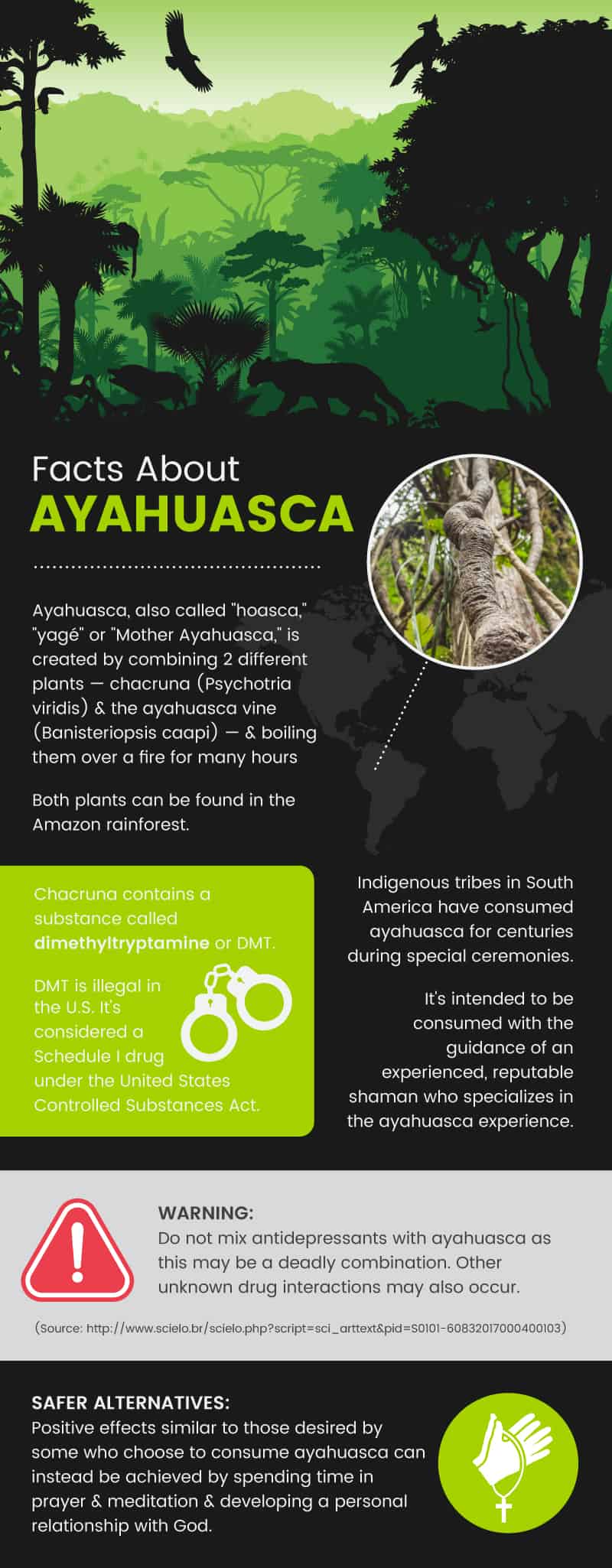This Dr. Axe content is medically reviewed or fact checked to ensure factually accurate information.
With strict editorial sourcing guidelines, we only link to academic research institutions, reputable media sites and, when research is available, medically peer-reviewed studies. Note that the numbers in parentheses (1, 2, etc.) are clickable links to these studies.
The information in our articles is NOT intended to replace a one-on-one relationship with a qualified health care professional and is not intended as medical advice.
This article is based on scientific evidence, written by experts and fact checked by our trained editorial staff. Note that the numbers in parentheses (1, 2, etc.) are clickable links to medically peer-reviewed studies.
Our team includes licensed nutritionists and dietitians, certified health education specialists, as well as certified strength and conditioning specialists, personal trainers and corrective exercise specialists. Our team aims to be not only thorough with its research, but also objective and unbiased.
The information in our articles is NOT intended to replace a one-on-one relationship with a qualified health care professional and is not intended as medical advice.
Ayahuasca: Understand the Dangers & Possible Side Effects
January 17, 2018

Have you ever heard of an ayahuasca ceremony? Ayahuasca has been used for centuries in “healing ceremonies.” It basically involves drinking a hallucinatory blend of a plant and vine under the guidance of a shaman with the goal of self-discovery and enlightenment.
This may sound intriguing, scary or both. You may be wondering, is ayahuasca legal? Ayahuasca’s legal status is murky at best, but the substance it contains, DMT, is clearly illegal in the United States and most other countries (more on that shortly).
The ayahusca experience is said to be one filled with hallucinations that can give way to spiritual healing. Recently, ayahusaca has gained more widespread attention as a retreat opened (and already closed) in the United States. Some researchers also think it could be used as a form of treatment for depression. But, it also contains powerful compounds that can also cause some serious side effects. (1)
What Is Ayahuasca?
Ayahuasca, also called “hoasca,” “yagé” or “Mother Ayahuasca,” is a mixture of two different plants — a perennial shrub called chacruna (Psychotria viridis) and the ayahuasca vine (Banisteriopsis caapi). Both plants can be found in the Amazon rainforest. Chacruna contains a substance called dimethyltryptamine or DMT. To create Ayahuasca tea, the two plants are combined and boiled over a fire for many hours. (2) The DMT in the chacruna creates the experience or “trip” while the ingredients in the vine enable the body to metabolize it.
Now, let’s get back to the dimethyltryptamine, or DMT, that the brew contains. What is DMT? It is a powerful, naturally occurring hallucinogenic compound structurally related to a drug you may have heard of before: LSD. Want to know another strange and interesting fact about DMT? Naturally-formed DMT has been found in the bodily fluids of people diagnosed as suffering from schizophrenia, a severe mental disorder in which sufferers interpret reality abnormally. According to the Mayo Clinic, “Schizophrenia may result in some combination of hallucinations, delusions, and extremely disordered thinking and behavior that impairs daily functioning, and can be disabling.” (3, 4)
Like LSD, DMT is also considered a Schedule I drug under the United States Controlled Substances Act. According to the U.S. Drug Enforcement Administration, “Schedule I drugs, substances, or chemicals are defined as drugs with no currently accepted medical use and a high potential for abuse.” (5)
So what are the general claims about this DMT-containing Amazonian brew? Supposedly, “The Ayahuasca ceremony is used for healing on every level — physically, emotionally, psychologically and spiritually. It is known to provide deep revelations into the nature of reality, who we really are, and our place in the Universe.” (6)
The tea is intended to be consumed with the guidance of a shaman who specializes in the ayahuasca experience. The immediate effects of this “shamanic medicine” are said to be felt within about 20 to 60 minutes of drinking the tea. However, the intoxication can last up to eight hours. Effects are known to vary greatly from person to person and from experience to experience. (7)
Possible Health Benefits of Ayahuasca?
An article published in the Journal of Ethnopharmacology points out that in addition to DMT, hoasca also contains the alkaloids harmine, harmaline and tetrahydroharmine (THH). (8) Can this Amazonian mixture and its alkaloids help with any specific health concerns? Some studies have pointed towards its ability to help with depression. However, the studies so far have been pilot studies and/or have only involved a very small number of test subjects.
1. Depression
A small open-label trial was recently conducted by the University of Sao Paulo, Brazil, in an inpatient psychiatric unit. An open-label trial or open trial is a type of clinical trial in which both the researchers and participants know what type of treatment is being administered. The trial researchers theorized that since the “natural psychedelic brew” rich in DMT and harmine causes feelings of subjective well-being then it may also have antidepressant effects. The trial was very small and very limited, though; they only gave six subjects currently experiencing a depressive episode just one dose of ayahuasca (AYA).
What did they find? There were “statistically significant reductions of up to 82 percent in depressive scores” between baseline and days 1, 7 and 21 after the subjects took the AYA. The depressive scores were measured on the following scales: the Hamilton Rating Scale for Depression (HAM-D); the Montgomery-Åsberg Depression Rating Scale (MADRS); and the Anxious-Depression subscale of the Brief Psychiatric Rating Scale (BPRS).
The final conclusion of the researchers: that taking AYA results in “fast-acting anxiolytic and antidepressant effects in patients with a depressive disorder.” Again, keep in mind that there were only six subjects given the Amazonian mixture one time. (9)
Another open trial on depression was also conducted by University of Sao Paulo researchers. This time there were 17 psychiatric patients as subjects (still very small) and they were again given a single dose of ayahuasca. The trial results, as published in 2016 in the Journal of Clinical Psychopharmacology, reveal that out of the 17 subjects, six experienced “fast-acting antidepressive effects” after the single dose. So about 35 percent of the patients showed improvement while 47 percent of the patients vomited as a result of taking the ayahuasca. (10)
2. Grief
A research article published in May 2017 looked at the potential use of ayahuasca in grief therapy. The researchers compared 30 people who had taken ayahuasca with 30 people who had attended peer-support groups. They then measured levels of grief and experiential avoidance. According to the “Present Feelings Scale of Texas Revised Inventory of Grief,” the ayahuasca group presented a lower level of grief and demonstrated some psychological and interpersonal benefits. Open-ended responses from this group also included descriptions of emotional release. (11)
As you can see, research and clinical findings remain very limited (in part due to the legal status of DMT) on the therapeutic uses of this substance to treat depression or manage grief.

History and Interesting Facts
Back in 1990, the U.S. government allowed Richard Strassman, a psychiatrist at the University of Mexico, to inject DMT into human volunteers. Strassman conducted his research from 1990 to 1995 injecting 60 subjects with DMT during 400 sessions. Many subjects claimed “they sensed the presence of a powerful, god-like being or that they dissolved into a radiant light.”
Meanwhile, around 25 subjects said they witnessed alien robots, reptiles and/or insects and even when the “trip” (the hallucinations) ended, they could not be convinced that these images weren’t real. After these bad experiences and negative effects, Strassman stopped his research, but he wrote about all of it in his book titled, “DMT: The Spirit Molecule.” There was also a documentary of the same name in 2010. (12)
So if you went to a ayahuasca ceremony, what kind of scene are we talking about? As one attendee describers:
It turns out that an Amazonian ceremony is precisely what you’d imagine. People sitting in a dark circle around a flame? Check. Shaman smoking tobacco? Check. Burning sage? Check. All that seemed out of place were the four Fiji water bottles filled with the brown, sludgy ayahuasca. ‘Purge buckets’ were handed out ominously. (13)
Curious what does the Amazonian tea taste like? It’s typically described as being very bitter; it’s basically described as tasting like a bitter mix of dirt and bark.
How Ayahuasca Is Used
There are actually several ayahuasca Peruvian retreats. However, the website Ayahuasca Info recommends that anyone interested in taking ayahuasca do their homework beforehand, including talking with people who have taken the tea before. They also advise only taking ayahuasca in the presence of an “experienced ayahuasca drinker who has experience with guiding too.” (14) Experts advise not to buy ayahuasca online and never to take it by yourself. According to Ayahuasca Healings, this nature-based drug should only be taken with the guidance of an experienced, reputable shaman. (15)
Possible Side Effects, Interactions and Major Caution
According to Ayahuasca Healings, “It’s not for anybody who thinks Ayahuasca is a ‘magic pill’ or a ‘magic bullet’ that you just need to take, and your life will be fixed.” (16)
So-called “neutral effects” of ayahuasca can include:
- Sedation
- Meaningless visual “noise”
- Strong visions; some typically reported include snakes, big cats, insectoid aliens, and goddesses
- Auditory hallucinations and/or sound distortions
- Altered sense of space and time
- Increased likelihood of embracing magical thinking, paranormal ideation
Negative effects, also known as a “bad trip,” are known to include: (17)
- Nausea
- Diarrhea
- Vomiting
- Body aches
- Disequilibrium, difficulty walking
- Sweating and chills (alternating)
- Other flu- or food poisoning-like symptoms
- Fear
- Paranoia
- Feeling as though one is losing one’s mind
- Feeling as though one is dying
It’s unclear exactly all the medications that may interact with ayahuasca, but mixing antidepressants with ayahuasca may be a deadly combination. (18)
According to Robert Gable, PhD, a psychology professor emeritus at Claremont Graduate University who specializes in risk assessments of drugs, the greatest risk with taking ayahuasca is “serotonin syndrome — a cardiac condition of spiking heart rate and blood pressure — usually instigated by mixing high doses of ayahuasca with other medications, particularly anti-depressants like SSRIs or St. John’s wort. People who take such drugs should not drink ayahuasca, and Gable also suggests that those with ‘strong paranoid tendencies’ or ‘extreme anxiety’ avoid ayahuasca because it alters perceptions of reality.” (19)
There is also the danger of injuring yourself while high on ayahuasca or not knowing exactly what is in the version of the tea you are given. Both are some very serious risks.
More information here: DMT side effects and addiction.
Ayahuasca Key Points
- Ayahuasca is a hallucinatory tea made from a plant and vine.
- It contains DMT, a Schedule I drug, including other illegal drugs such as LSD and heroin.
- Possible ayahuasca side effects are seriously concerning (even deadly!) and not worth the risk.
- Further studies are needed to determine if ayahuasca could have benefits for certain health conditions such as depression.
- The positive effects some people are seeking from ayahuasca can be achieved in a safer, healthier way without the use of drugs by spending time in prayer and meditation and developing a personal relationship with God. If you are struggling with depression and grief, you may also want to explore therapeutic or spiritual counseling.




